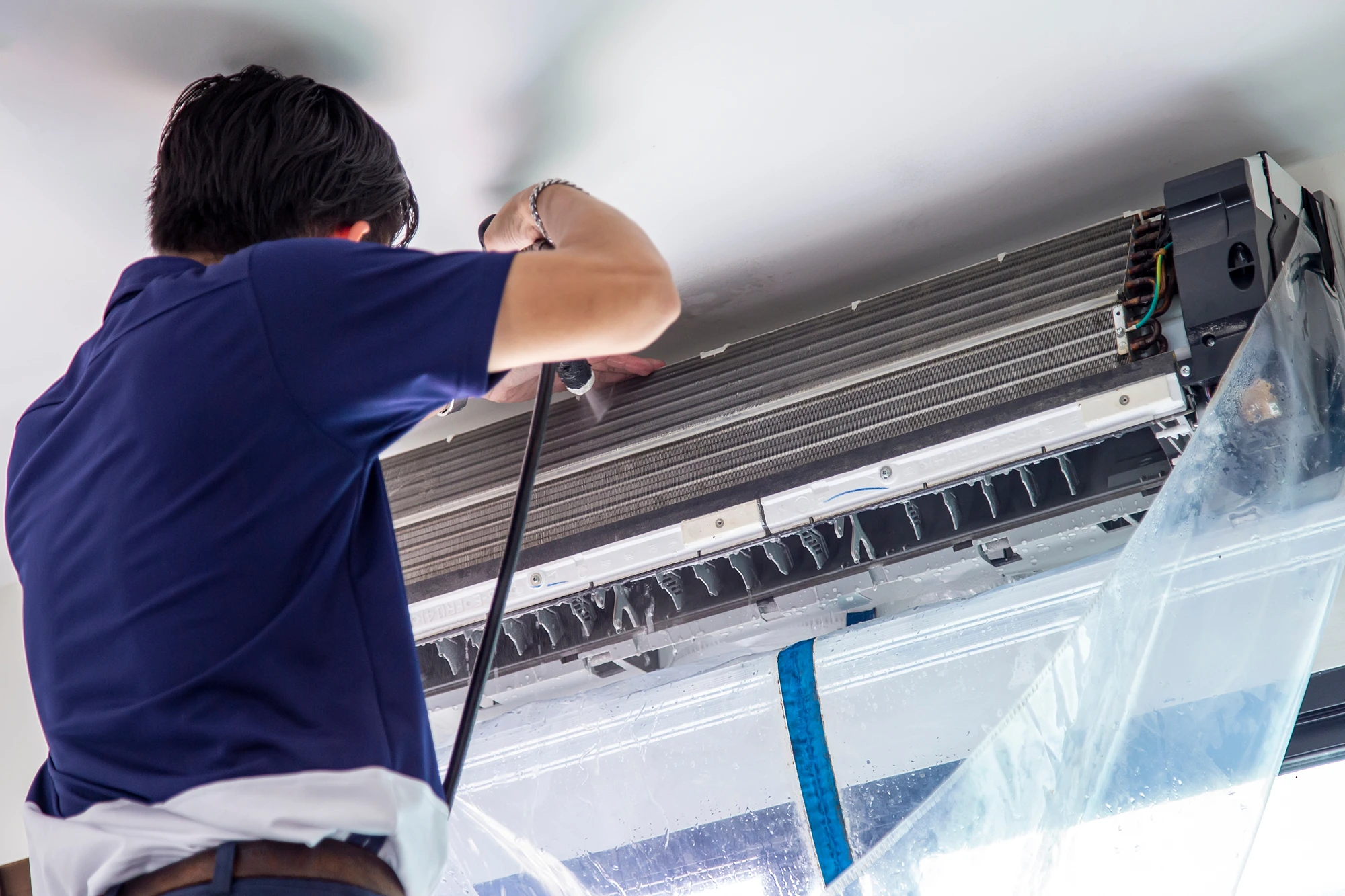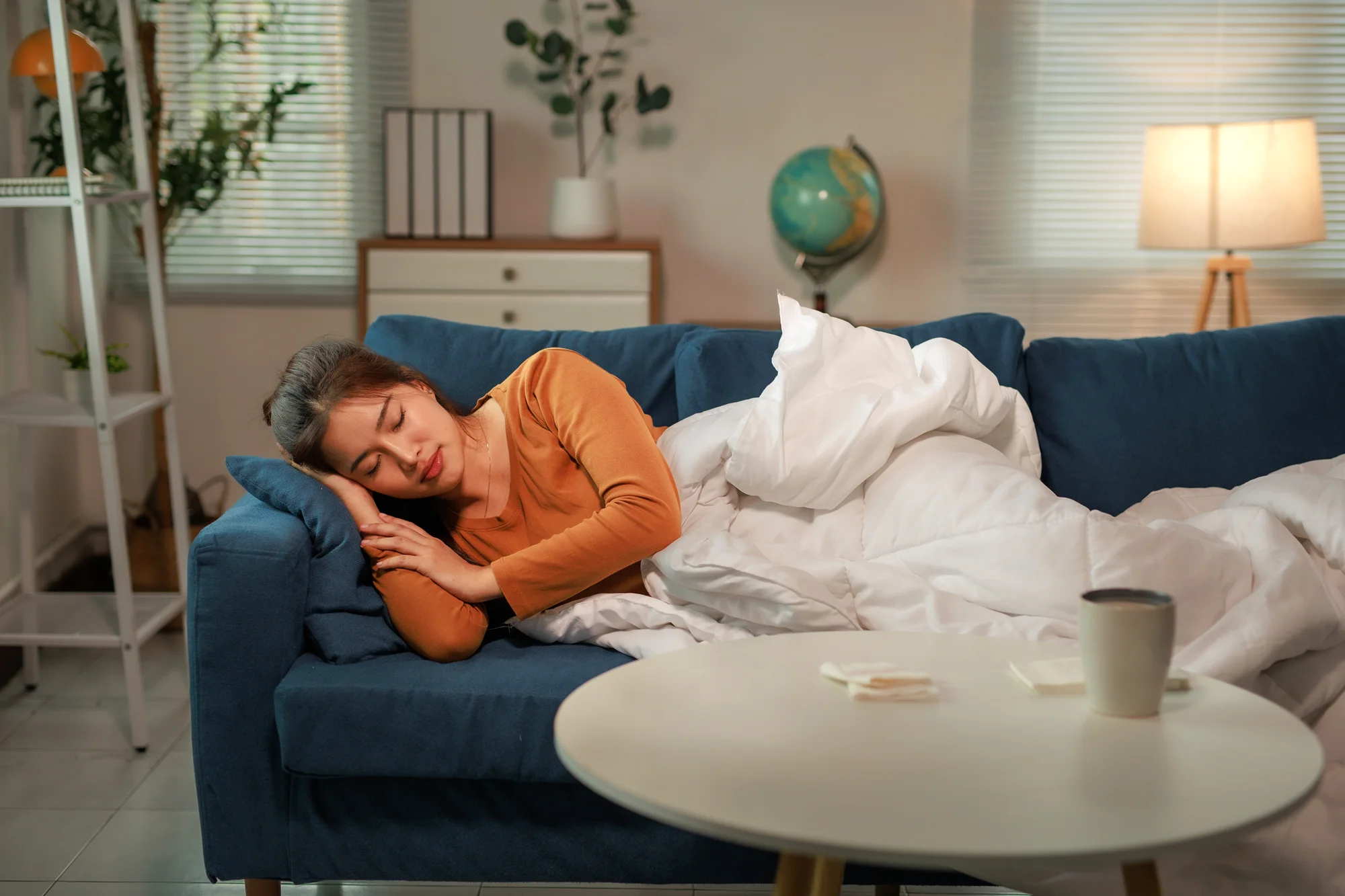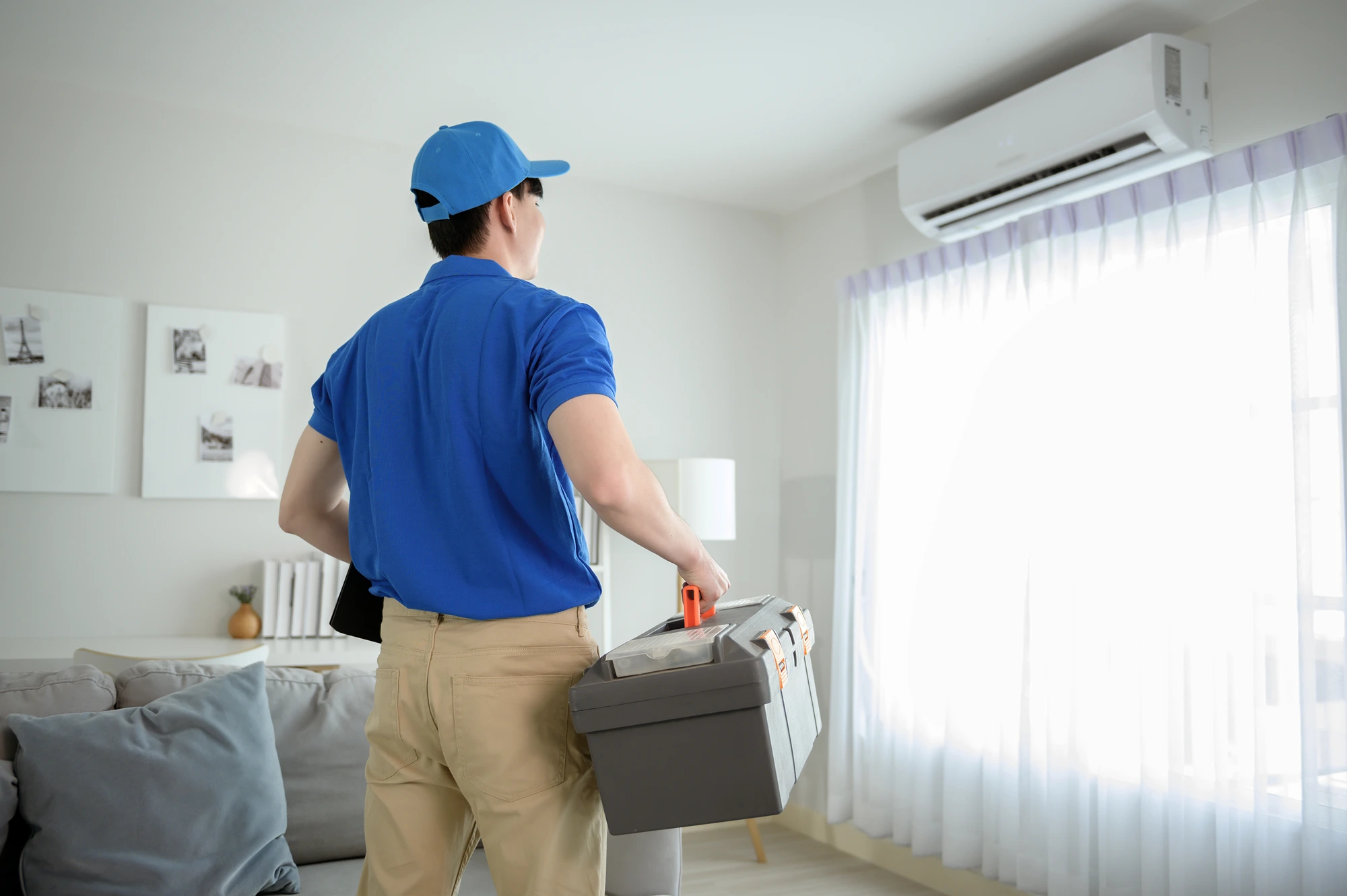In our fast-paced lives, our homes are more than just places to live—they are our sanctuaries. We rely on them to be a safe, comfortable haven for our families. Yet, what we often don’t see can be the most dangerous. Beyond the visible dust bunnies and surface grime, our homes can harbor a silent army of allergens, germs, and pollutants that pose a real threat to our health.
For many, cleaning is a routine chore—a quick vacuum, a light dusting, and a wipe-down of countertops. While this keeps a home tidy, it falls short of addressing the hidden health risks lurking in carpets, upholstery, and air vents. The key to truly protecting your family’s health lies in a strategy that goes beyond the surface: regular deep cleaning.
This comprehensive guide will explain the crucial link between a clean home and a healthy family. We’ll delve into the specific health risks of a dirty home, the science behind how deep cleaning minimizes these risks, and provide practical tips for maintaining a truly hygienic living environment.
The Unseen Dangers: Allergens and Pollutants in Your Home
A home that looks clean can still be a breeding ground for microscopic threats that cause a range of health issues, from minor irritations to severe respiratory problems.
1. Dust Mites and Their Allergens
These tiny, microscopic creatures are the most common trigger for year-round allergies and asthma. They thrive in warm, humid environments and feed on dead skin flakes from humans and pets. Their favorite hiding spots include mattresses, pillows, carpets, and upholstered furniture. While you can’t see them, the waste products they leave behind can cause significant allergic reactions, including sneezing, a runny nose, itchy eyes, and asthma attacks. Regular, light cleaning does little to remove dust mites, as they burrow deep into fabrics.
2. Pet Dander
For the millions of families with beloved pets, there’s a constant, invisible shower of allergens. Pet dander—tiny flakes of skin—can cling to walls, curtains, bedding, and carpets. It remains airborne for long periods, making it easy to inhale. Over time, a home with pets can build up a significant concentration of dander, causing chronic allergy symptoms even in individuals who were not initially allergic.
3. Pollen and Outdoor Pollutants
Even with your windows closed, pollen, mold spores, and other outdoor pollutants can find their way into your home. They hitch a ride on clothes and shoes, or they are carried in by the wind. Once inside, they settle on surfaces and get trapped in soft furnishings. A simple dusting won’t remove them all; they require a deeper, more comprehensive approach to be truly eliminated.
4. Mold and Mildew
Mold spores can cause serious health problems. They grow in damp areas like bathrooms, basements, and kitchens, releasing spores into the air that can trigger allergic reactions and respiratory problems. Long-term exposure to mold can be linked to more serious health issues. A regular clean might wipe the visible mold, but a deep clean can address the underlying issue and prevent it from returning.
5. Germs and Bacteria
High-touch surfaces—doorknobs, light switches, remote controls, faucets, and countertops—are hotspots for germs. These surfaces are home to a host of bacteria and viruses, including E. coli and Salmonella, which can be transferred to hands and then to the mouth, causing illness. While you may wipe these surfaces down, a deep clean with professional-grade disinfectants provides a higher level of sanitation.
The Limitations of Routine Cleaning
Most people’s cleaning routines are focused on keeping a home tidy. They involve tasks like:
- Quick Vacuuming: A routine vacuum on carpets and rugs might remove surface-level dirt, but it often fails to extract the deep-seated allergens and dust mites hiding in the fibers.
- Surface Wiping: Wiping down counters and tables is great for visible spills, but it may not effectively kill all germs. It also does nothing to address the pollutants in the air or embedded in fabrics.
- Incomplete Coverage: When you’re busy, it’s easy to rush and miss areas like the tops of cabinets, behind furniture, and inside appliances. These neglected areas become a haven for dirt and grime.
This is where the power of a professional deep cleaning service becomes not just a convenience, but a crucial tool for protecting your family’s health.
How a Professional Deep Clean Minimizes Health Risks
A professional deep clean is a meticulous process that targets the root causes of indoor pollution. It’s an investment in your family’s health and a proactive step towards a cleaner, safer home.
1. Comprehensive Allergen Extraction
A professional cleaning service uses specialized equipment to remove allergens from every corner of your home. They use high-efficiency particulate air (HEPA) filter vacuums that are designed to trap microscopic particles, ensuring allergens are removed from your home and not recirculated into the air. They also perform deep cleaning on carpets and upholstery, extracting embedded dust mites, dander, and pollen that a regular vacuum can’t reach.
2. Meticulous Disinfection of High-Touch Surfaces
Professional cleaners are trained to identify and sanitize all high-touch surfaces in your home. They use professional-grade, eco-friendly disinfectants that kill germs and bacteria without leaving behind a harmful residue. This process significantly reduces the risk of illness spreading among family members.
3. Mold and Mildew Control
A professional deep clean can identify and address mold and mildew in its early stages. Cleaners can clean and sanitize damp areas, using specialized products to prevent the growth of mold spores. This is a critical step in maintaining a healthy indoor environment and can prevent costly future repairs.
4. Improved Indoor Air Quality
By systematically removing allergens, dust, and pollutants from surfaces, fabrics, and even the air, a professional deep clean dramatically improves the quality of the air you and your family breathe. This can lead to a significant reduction in allergy symptoms and a healthier living environment for everyone.
Practical Tips for Maintaining a Healthy Home Between Deep Cleans
A deep clean provides a fantastic, healthy foundation. To maintain these benefits, here are some practical tips you can incorporate into your routine:
- Regular Vacuuming: Vacuum at least twice a week, focusing on high-traffic areas.
- Use a HEPA Filter: If your vacuum has a filter, make sure it’s a HEPA filter to trap allergens.
- Wash Bedding Regularly: Wash sheets, pillowcases, and blankets in hot water once a week to kill dust mites.
- Control Humidity: Use a dehumidifier in damp areas like the basement to prevent mold growth.
- Keep High-Touch Surfaces Clean: Use a disinfectant spray or wipe to regularly clean doorknobs, light switches, and remote controls.
Conclusion
Your home should be a place where your family can thrive, free from the worries of unseen health threats. While a tidy home is a great start, a professional deep cleaning service provides the comprehensive, hygienic solution that you and your family truly need.
By choosing to invest in a regular deep clean, you’re not just getting a clean home—you’re getting a healthier environment, a reduction in allergy symptoms, and the peace of mind that comes with knowing you’ve done everything you can to protect your loved ones.
Ready to protect your family’s health? Contact us today to schedule your first deep clean and start breathing easier!




